Sepsis and Disability: The High Cost of a Preventable Medical Emergency
Sepsis and Disability: The High Cost of a Preventable Medical Emergency
For people with intellectual and developmental disabilities (IDD), even minor infections can quickly escalate into life-threatening emergencies. One of the most dangerous yet preventable conditions is sepsis—a severe reaction to an infection that can lead to organ failure, shock, and death if not treated promptly.
Sepsis typically develops from a common infection, such as a urinary tract infection (UTI), pneumonia, or an untreated wound. While early treatment can prevent severe complications, many people with disabilities struggle to communicate pain or discomfort, making it crucial for supporters to recognize early warning signs. However, a lack of awareness, understaffing, and delayed medical intervention often result in preventable hospitalizations, costly treatments, and tragic outcomes. The following case is based on real-life events.

Sophia’s Story: A Small Infection with Life-Threatening Consequences
Sophia, a 38-year-old woman with autism and epilepsy, lived in a group home where supporters assisted her with daily needs. Due to sensory sensitivities and communication challenges, she had difficulty expressing discomfort, which made her vulnerable to undetected medical issues. She needed help with toileting hygiene and has a history of urinary tract infections (UTIs).
One afternoon, Sophia appeared more withdrawn than usual and refused to eat. Supporters noticed she was running a mild fever, but since she did not verbally complain of pain, they assumed she had a minor cold, gave her fluids, and recommended that she rest. What they didn’t realize was that Sophia had developed a urinary tract infection (UTI), which was rapidly spreading through her body.
Over the next 24 hours, her condition worsened—her fever spiked, her breathing became rapid, and she seemed increasingly confused. By the time emergency services were called, Sophia was in septic shock; her blood pressure had plummeted, and her organs were failing. She was rushed to the hospital and placed in intensive care, requiring IV antibiotics, IV fluids, and life support to stabilize her condition.
The Cost of Unrecognized Symptoms
Sophia remained in the intensive care unit (ICU) for two weeks and required an additional month in rehabilitation before she could return home. She experienced significant suffering and nearly lost her life. Additionally, the financial impact was devastating:
- Hospital and ICU care exceeded $250,000.
- Dialysis treatments for kidney complications added another $120,000.
- Rehabilitation and follow-up medical care costed tens of thousands more.
What makes this situation even more tragic is that it was entirely preventable. Had Sophia’s infection been identified and treated when the first symptoms appeared, she could have recovered with a short course of antibiotics—avoiding the physical suffering, emotional distress, and financial burden that came with her hospitalization
How IntellectAbility’s Tools and Training Impact Outcomes
Sepsis progresses rapidly, but early detection and proper medical care can prevent it from becoming life-threatening. IntellectAbility’s Health Risk Screening Tool (HRST®) and eLearning training programs are designed to catch warning signs early and ensure people with disabilities receive the proper care before a crisis occurs.
- Health Risk Screening Tool (HRST): Identifying Sepsis Risks Before It’s Too Late.
The HRST is a scientifically validated tool that helps identify health risks before they escalate into emergencies. When Sophia’s Supporters use this tool:
- They will recognize that her communication difficulties and history of infections put her at a higher risk for sepsis.
- A care plan can be put in place to monitor for signs of infection—such as fever, fatigue, or changes in behavior.
- Supporters can be trained to seek immediate medical attention at the first signs of sepsis, preventing its progression to a life-threatening condition.
2. Supporter Education: Recognizing the Early Signs of Sepsis
Many supporters are not fully trained to identify the subtle warning signs of infections or sepsis, leading to delays in treatment. IntellectAbility’s training programs empower supporters with the knowledge to:
- Recognize that changes in behavior, appetite, or energy levels can be early signs of infection.
- Understand that symptoms like fever, rapid breathing, and confusion are medical emergencies—not minor issues.
- Take immediate action by seeking medical care before an infection progresses into full-blown sepsis.
3. A Proactive, Person-Centered Approach to Healthcare
IntellectAbility promotes a proactive, person-centered approach that focuses on preventing medical crises rather than reacting to them. With routine health risk screenings, properly trained supporters, and early intervention, unnecessary hospitalizations and life-threatening emergencies like Sophia’s can often be avoided.
Why Are Preventable Cases of Sepsis Still Happening?
Sophia’s story is not unique. Many people with disabilities suffer from preventable medical crises because of:
- Delays in recognizing symptoms due to communication challenges
- Supporters not being trained to detect subtle warning signs
- Lack of proactive healthcare planning
Sepsis is one of the leading causes of preventable death in people with disabilities, yet simple, low-cost interventions could dramatically reduce its occurrence.
The Solution: Prioritizing Prevention Over Crisis Response
Sophia’s hospitalization—and the overwhelming costs associated with it—could have been avoided with proactive healthcare strategies, supporter education, and early intervention.
Using health risk screening tools and supporter training programs leads to:
- Earlier detection of infections, reducing hospitalizations
- Better-trained supporters who can confidently recognize medical red flags
- Lower overall healthcare costs due to fewer emergency interventions
Sepsis should never reach the point of being life-threatening, yet cases like Sophia’s continue to occur because early warning signs are missed, and treatment is delayed. With the right tools, training, and awareness, these preventable medical crises can be stopped before they begin.
By integrating IntellectAbility’s low-cost, high-value Health Risk Screening Tool and specialized training programs, we can ensure that people with disabilities receive the timely, high-quality care they deserve—reducing preventable deaths, improving quality of life, and easing the financial burden on families and healthcare systems.
The choice is clear: invest in prevention today or face the high cost of delayed action tomorrow

Take the Fatal out of the Fatal Five
License health and safety training eLearns for your entire organization.
Contact us today to receive
a free preview and custom price quote.

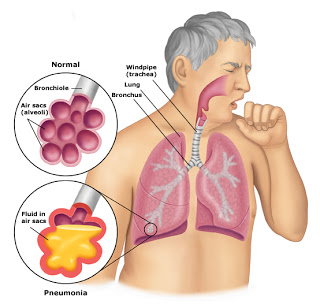
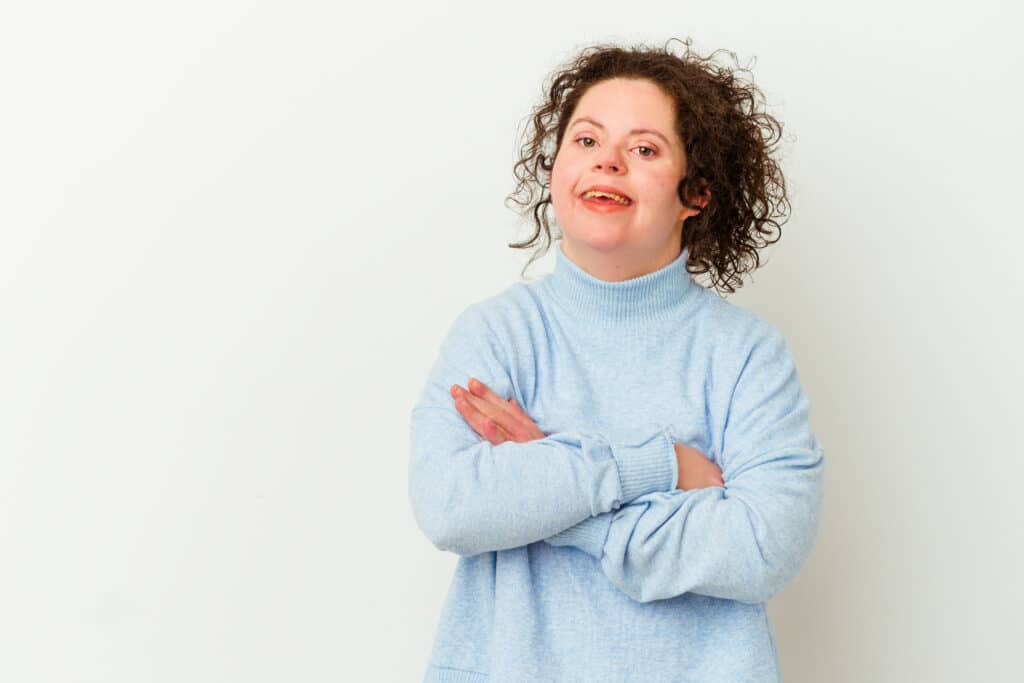

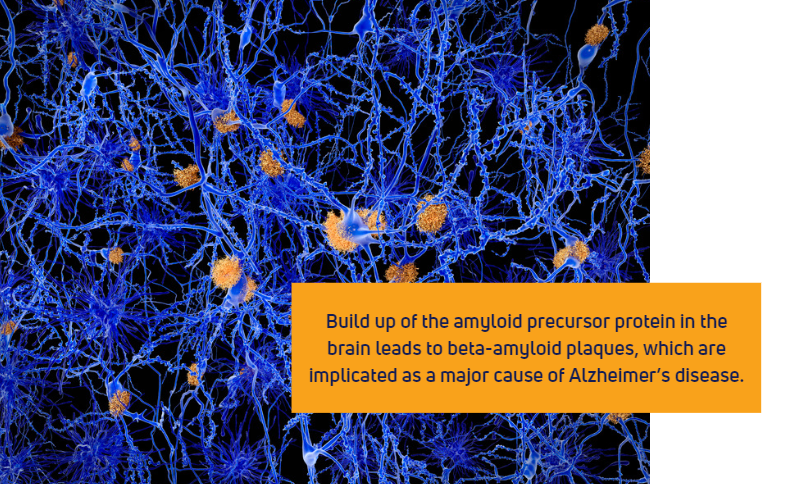
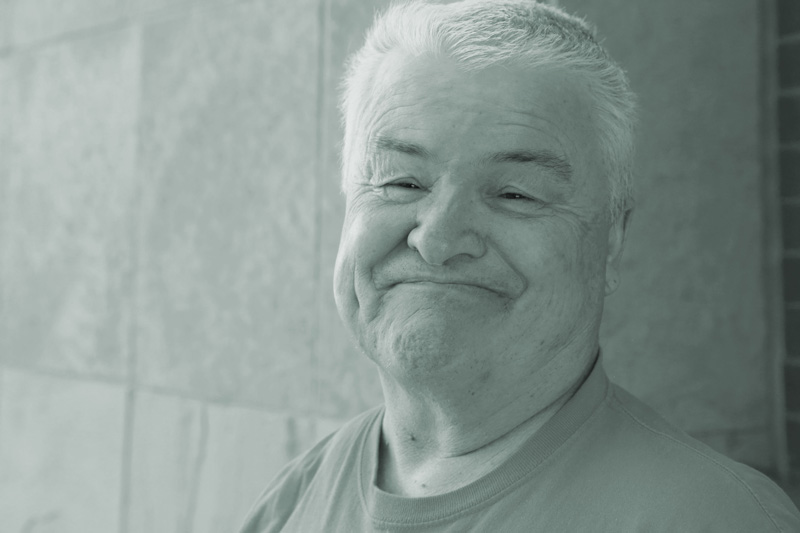



 Health-related Resources for People with IDD and Their Supporters
Health-related Resources for People with IDD and Their Supporters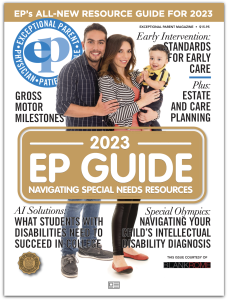 With significant health disparities noted in people with IDD, it is important that people with intellectual and developmental disabilities (IDD), their supporters, and healthcare providers educate themselves on the different health risks that are more commonly seen in people with IDD and about what can be done to prevent serious complications. Supporters and healthcare providers are often challenged in finding helpful information related to healthcare for people with IDD. As a physician who started practicing in this field in the 1990s, finding clinically relevant information about healthcare for people with IDD was challenging. Fortunately, over the past several years, more resources have been developed that relate specifically to healthcare issues and improving health equity for people with IDD. In this article, you’ll find a listing of websites, tools, and training available to provide information and guidance to you, whether a family member, paid supporter, healthcare provider, or person with IDD.
With significant health disparities noted in people with IDD, it is important that people with intellectual and developmental disabilities (IDD), their supporters, and healthcare providers educate themselves on the different health risks that are more commonly seen in people with IDD and about what can be done to prevent serious complications. Supporters and healthcare providers are often challenged in finding helpful information related to healthcare for people with IDD. As a physician who started practicing in this field in the 1990s, finding clinically relevant information about healthcare for people with IDD was challenging. Fortunately, over the past several years, more resources have been developed that relate specifically to healthcare issues and improving health equity for people with IDD. In this article, you’ll find a listing of websites, tools, and training available to provide information and guidance to you, whether a family member, paid supporter, healthcare provider, or person with IDD.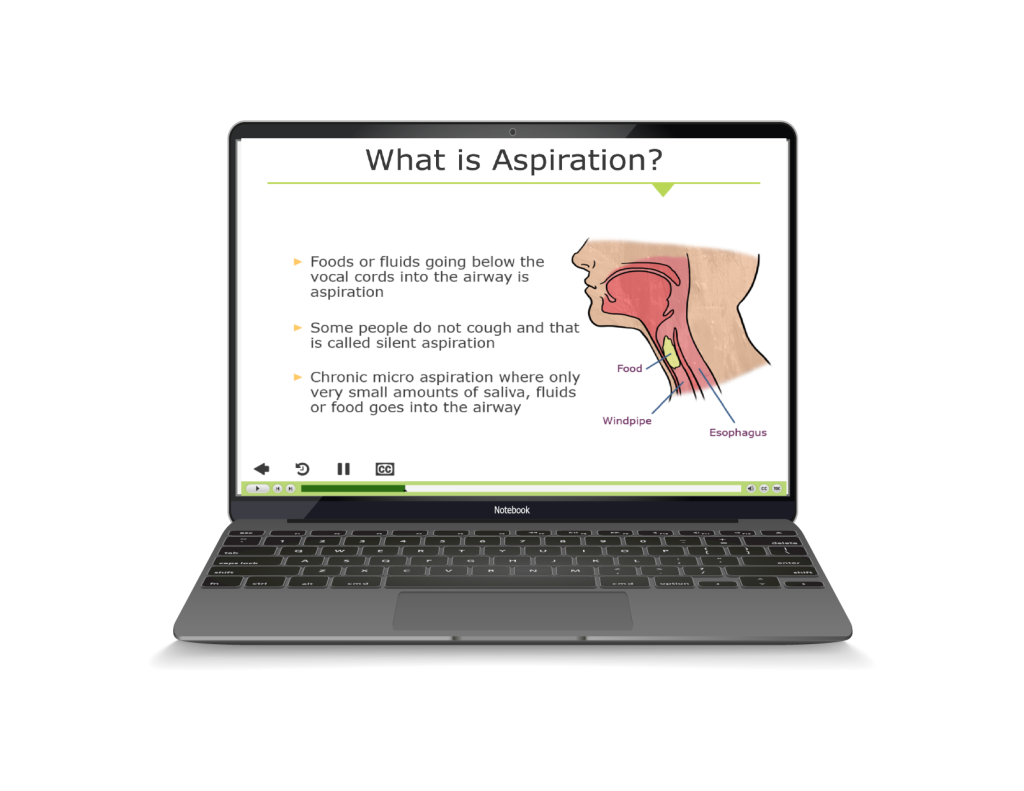

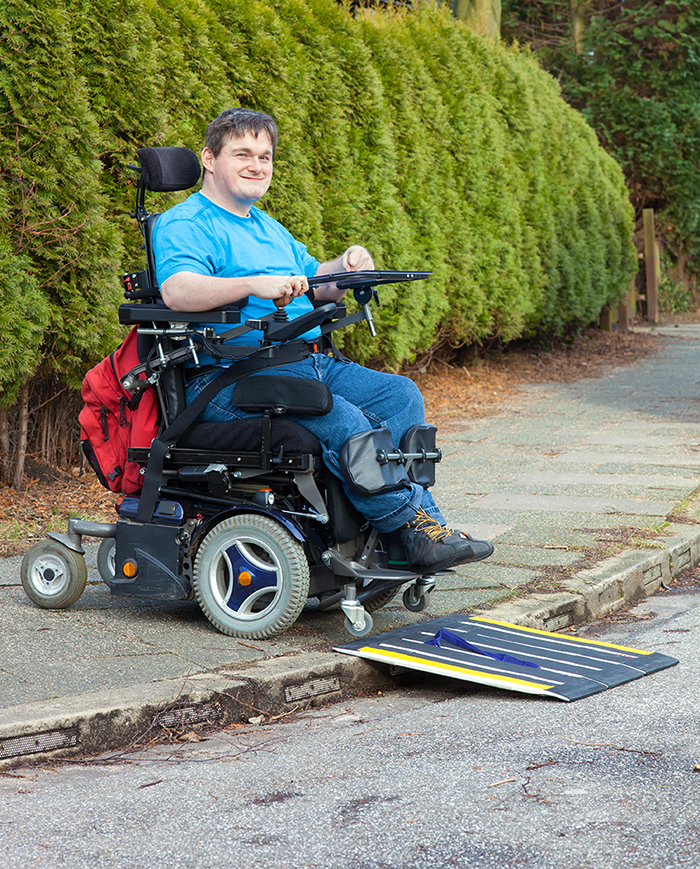
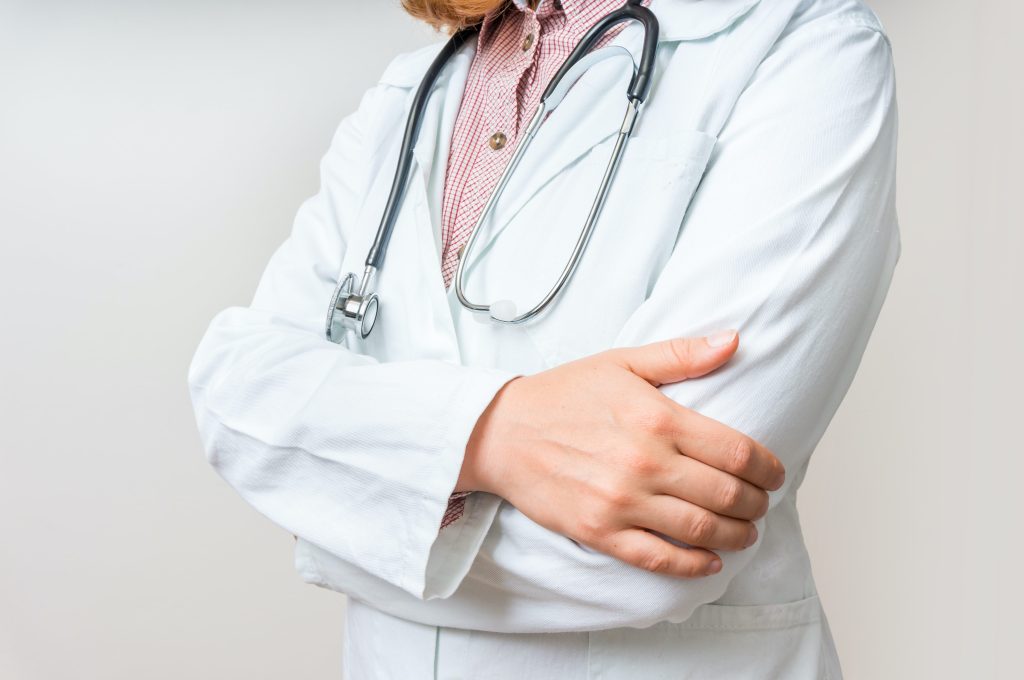
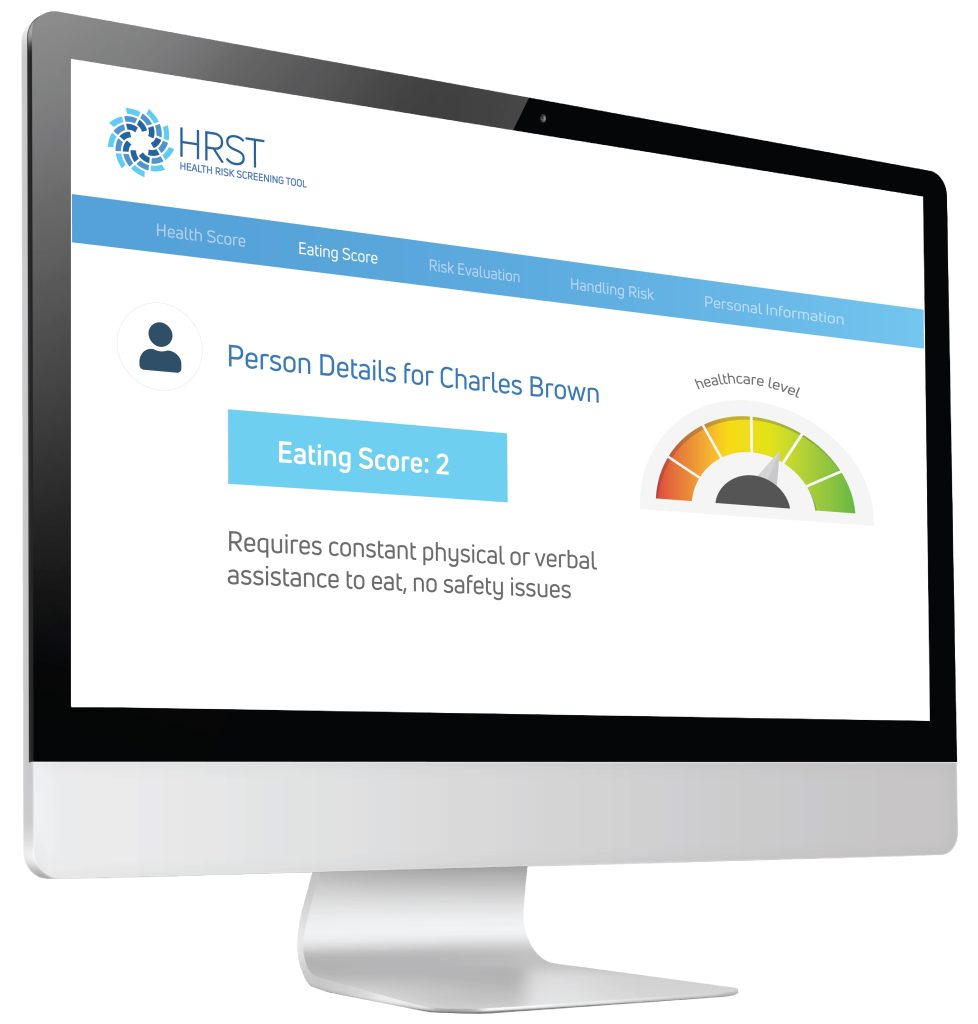 Using the information provided by the case manager, the HRST recognized the possibility of an undiagnosed gastrointestinal condition as the potential cause of Jerome’s behavioral symptoms and produced a “service consideration” suggesting the need for clinical follow-up to rule out Gastroesophageal Reflux Disease (more commonly known as GERD).
Using the information provided by the case manager, the HRST recognized the possibility of an undiagnosed gastrointestinal condition as the potential cause of Jerome’s behavioral symptoms and produced a “service consideration” suggesting the need for clinical follow-up to rule out Gastroesophageal Reflux Disease (more commonly known as GERD).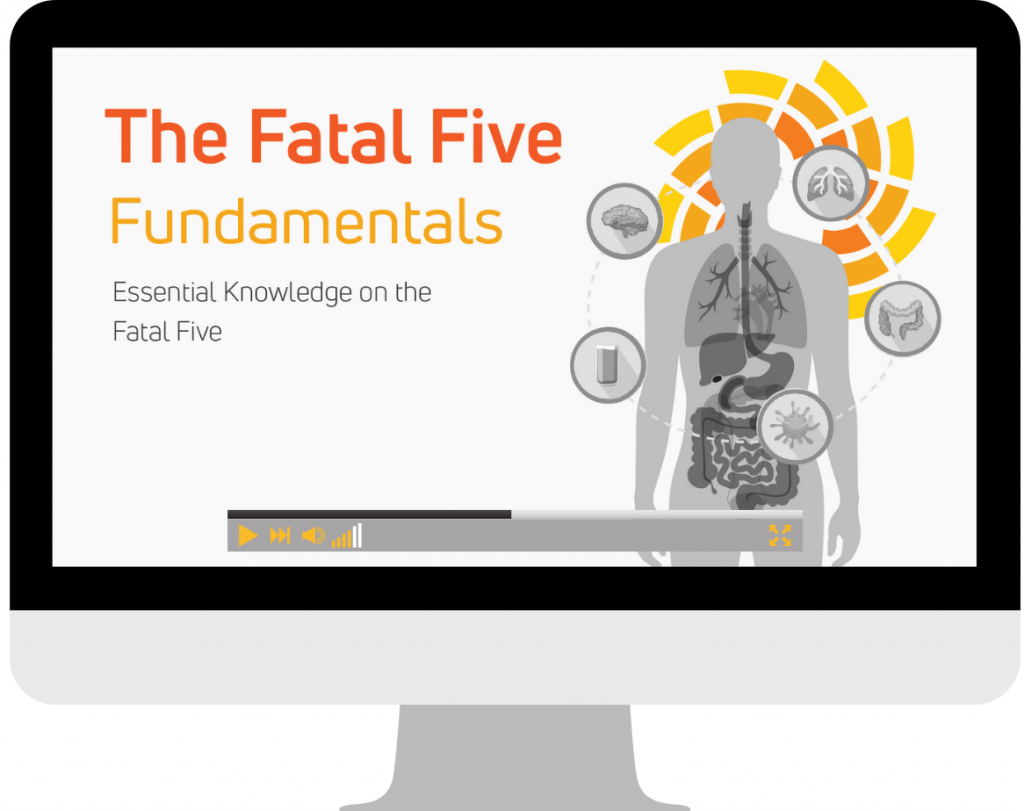

 Aspiration is usually listed as the most common cause of death in institutional settings, including nursing homes and large group care settings for people with IDD. Aspiration pneumonia is a common discharge diagnosis following hospitalization. It occurs when bits of food or liquids make their way into the windpipe instead of into the esophagus where it should be. Aspiration can occur during the swallowing process, but also occurs when stomach contents come back up the esophagus as a result of vomiting or gastroesophageal reflux. It often begins subtly and damages increasing portions of the lungs. Feeding tubes, which carry their own increased risks, are often utilized in an attempt to bypass the swallowing process and reduce aspiration episodes, but are not always entirely effective. Other factors which may lead to aspiration are poor body positioning, particularly in individuals who cannot control their own movements well, and behavioral issues related to eating. One of the most common signs of aspiration is a cough noted during eating or drinking or shortly thereafter. When a cough is noted under these conditions an evaluation should be initiated to look for possible aspiration.
Aspiration is usually listed as the most common cause of death in institutional settings, including nursing homes and large group care settings for people with IDD. Aspiration pneumonia is a common discharge diagnosis following hospitalization. It occurs when bits of food or liquids make their way into the windpipe instead of into the esophagus where it should be. Aspiration can occur during the swallowing process, but also occurs when stomach contents come back up the esophagus as a result of vomiting or gastroesophageal reflux. It often begins subtly and damages increasing portions of the lungs. Feeding tubes, which carry their own increased risks, are often utilized in an attempt to bypass the swallowing process and reduce aspiration episodes, but are not always entirely effective. Other factors which may lead to aspiration are poor body positioning, particularly in individuals who cannot control their own movements well, and behavioral issues related to eating. One of the most common signs of aspiration is a cough noted during eating or drinking or shortly thereafter. When a cough is noted under these conditions an evaluation should be initiated to look for possible aspiration. Constipation and Bowel Obstruction are almost always at the top of the list of causes of illness and preventable death in people with IDD. One of the most important root causes of bowel obstruction is the use of multiple drugs with constipating side effects. Add to this the fact that most of us have dietary habits that contribute to the problem, chief among them, diets that are low in fiber and adequate fluids. Lack of mobility is a contributing factor to constipation, as well. We often see people on one or more medications to help improve elimination, but ironically, drugs intended to improve constipation often place the person at higher risk for impaired bowel function. Adequate active movement or exercise is also important to bowel function. Controlling these factors, along with training caretakers to recognize the signs and symptoms of bowel problems at the earliest moment can greatly reduce occurrences of illness or death from bowel obstruction.
Constipation and Bowel Obstruction are almost always at the top of the list of causes of illness and preventable death in people with IDD. One of the most important root causes of bowel obstruction is the use of multiple drugs with constipating side effects. Add to this the fact that most of us have dietary habits that contribute to the problem, chief among them, diets that are low in fiber and adequate fluids. Lack of mobility is a contributing factor to constipation, as well. We often see people on one or more medications to help improve elimination, but ironically, drugs intended to improve constipation often place the person at higher risk for impaired bowel function. Adequate active movement or exercise is also important to bowel function. Controlling these factors, along with training caretakers to recognize the signs and symptoms of bowel problems at the earliest moment can greatly reduce occurrences of illness or death from bowel obstruction. Seizure deaths can occur from episodes of prolonged, uncontrolled seizures as well as something called SUDEP or sudden unexplained death in epilepsy. For reasons that medical science has yet to explain, people who have epilepsy have a higher chance of dying suddenly unrelated to actual seizure activity. Drug toxicity and medication side effects can further impact the health and well-being of people who takethese medications, and the balance between adequately controlling someone’s seizures and the risk of adverse drug reactions must always be at the forefront of the treatment plan. Life expectancy for people with active seizure disorders has been shown to be up to 10 years less than those without epilepsy.
Seizure deaths can occur from episodes of prolonged, uncontrolled seizures as well as something called SUDEP or sudden unexplained death in epilepsy. For reasons that medical science has yet to explain, people who have epilepsy have a higher chance of dying suddenly unrelated to actual seizure activity. Drug toxicity and medication side effects can further impact the health and well-being of people who takethese medications, and the balance between adequately controlling someone’s seizures and the risk of adverse drug reactions must always be at the forefront of the treatment plan. Life expectancy for people with active seizure disorders has been shown to be up to 10 years less than those without epilepsy. Dehydration is all too common and easily preventable in most cases. People who do not swallow well are particularly likely to refuse fluids or indicate fear when they get them, often resulting in dehydration. Dehydration is also likely when fluids are restricted in an attempt to prevent incontinence, not realizing that lack of fluids can contribute to constipation and increased seizure frequency, not to mention drug toxicity and other health problems. Awareness of fluid loss through sweating in warm and humid conditions or from loss due to vomiting or persistently elevated blood glucose levels in people with diabetes is important, as well. The presence of fever also increases a person’s fluid needs. Anyone supporting people with IDD should be aware of a person’s fluid requirements and work to ensure that they receive the necessary fluids to prevent dehydration.
Dehydration is all too common and easily preventable in most cases. People who do not swallow well are particularly likely to refuse fluids or indicate fear when they get them, often resulting in dehydration. Dehydration is also likely when fluids are restricted in an attempt to prevent incontinence, not realizing that lack of fluids can contribute to constipation and increased seizure frequency, not to mention drug toxicity and other health problems. Awareness of fluid loss through sweating in warm and humid conditions or from loss due to vomiting or persistently elevated blood glucose levels in people with diabetes is important, as well. The presence of fever also increases a person’s fluid needs. Anyone supporting people with IDD should be aware of a person’s fluid requirements and work to ensure that they receive the necessary fluids to prevent dehydration. Sepsis, sometimes called “the silent killer” is an ever-present threat to all. Sepsis is a condition which results from a significant infection in the bloodstream and the body’s response to that infection. Early signs of sepsis include fever, chills, rapid heart rate, low blood pressure and mental status changes. Some of these symptoms are common with may illnesses, but one’s index of suspicion should remain high for worsening signs of a serious infection and referral for a medical evaluation should be considered earlier rather than later. The risk of death increases significantly for each hour that passes when sepsis is left untreated. Remember, “When in doubt, send them out!”
Sepsis, sometimes called “the silent killer” is an ever-present threat to all. Sepsis is a condition which results from a significant infection in the bloodstream and the body’s response to that infection. Early signs of sepsis include fever, chills, rapid heart rate, low blood pressure and mental status changes. Some of these symptoms are common with may illnesses, but one’s index of suspicion should remain high for worsening signs of a serious infection and referral for a medical evaluation should be considered earlier rather than later. The risk of death increases significantly for each hour that passes when sepsis is left untreated. Remember, “When in doubt, send them out!” Gastroesophageal reflux disease (GERD) is the backing up of stomach contents, including acid, into the esophagus. GERD is frequently undiagnosed in many people, including those without disabilities, until major harm has been done to the bottom of the esophagus. Medications that cause constipation also contribute to GERD. Individuals who are overweight, particularly when they carry excess weight around the abdomen or wear clothing that is too tight have a higher risk of GERD. Ill-advised dietary choices, immobility and improper positioning also contribute greatly to the incidence of GERD. As this disorder continues without treatment, discreet or frank aspiration, life-threatening gastrointestinal bleeding and esophageal cancer become increasingly common. Recognizing signs of GERD, especially in people who do not communicate with words, is important to reduce the risks associated with this condition. People who exhibit food refusal, coughing when lying down, physical or verbal aggression particularly around meal times, or distress in the middle of the night may be telling you that they are experiencing GERD. Pica, a behavior where people eat things of non-nutritional value, may also be a sign of GERD and should prompt an evaluation.
Gastroesophageal reflux disease (GERD) is the backing up of stomach contents, including acid, into the esophagus. GERD is frequently undiagnosed in many people, including those without disabilities, until major harm has been done to the bottom of the esophagus. Medications that cause constipation also contribute to GERD. Individuals who are overweight, particularly when they carry excess weight around the abdomen or wear clothing that is too tight have a higher risk of GERD. Ill-advised dietary choices, immobility and improper positioning also contribute greatly to the incidence of GERD. As this disorder continues without treatment, discreet or frank aspiration, life-threatening gastrointestinal bleeding and esophageal cancer become increasingly common. Recognizing signs of GERD, especially in people who do not communicate with words, is important to reduce the risks associated with this condition. People who exhibit food refusal, coughing when lying down, physical or verbal aggression particularly around meal times, or distress in the middle of the night may be telling you that they are experiencing GERD. Pica, a behavior where people eat things of non-nutritional value, may also be a sign of GERD and should prompt an evaluation.



